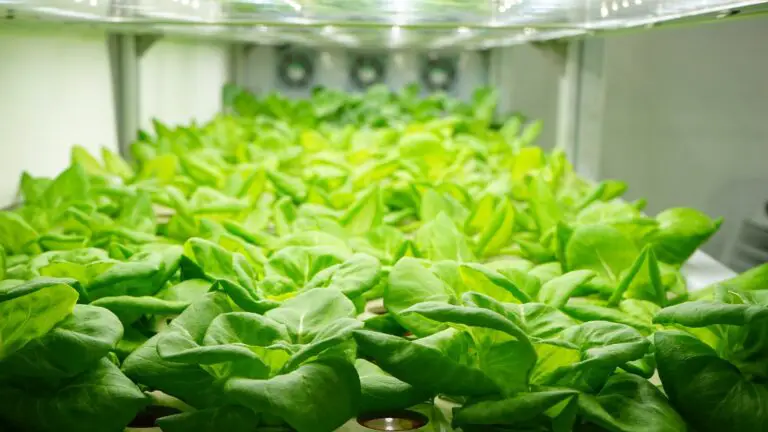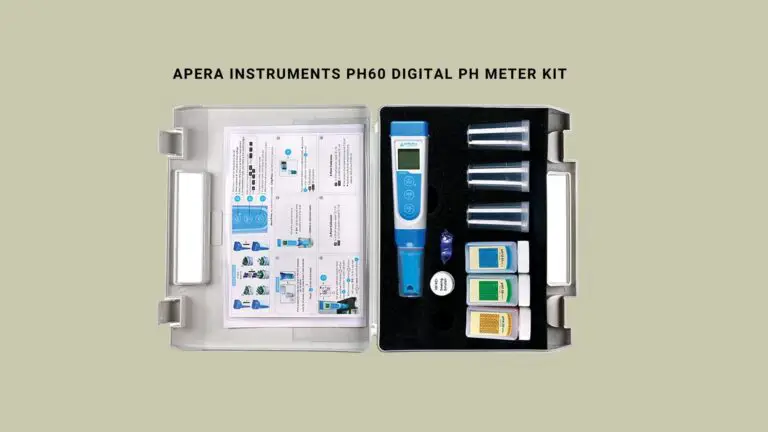11 Steps to Choosing the Right Fan for your Hydroponic Grow Rooms
Disclosure: Your purchases through our links may earn us a small commission, supporting our site’s ability to provide valuable information to our readers. Rest assured, it won’t impact your price. Thank you for your support.
To have a successful hydroponic garden in any climate, you need to create the perfect environment for your plants. This includes having the proper temperature and humidity levels. One way to help with this is by using fans in your grow room. If you’re setting up a hydroponic grow room, the type of fan you choose can greatly impact your plants’ success.
But how do you know which fan is suitable for your setup? Here are five steps to choosing the right fan for your hydroponic grow room!
1. Decide what type of fan you need
The first step in choosing the right fan is to decide what type of fan you need.
There are two main types of fans used in grow rooms:
- Inline fans are more powerful but also more expensive.
- Oscillating fans are less powerful but more affordable.
There are also two types of inline fans:
- Axial inline fans are the most common and are used to move a large volume of air.
- Mixed-flow inline fans are less common but more powerful. They’re typically used in larger grow rooms.
Here are the links to see the different kind of fans for your hydroponic grow room
Inline fan with speed controller
Inline fan with temperature humidity controller
Oscillating fan for grow room
Oscillating fan – wall mount
Oscillating clip on fan
2. Consider the size of your grow room
The next step is to consider the size of your grow room. The size of your room will determine the size of the fan you need. For example, If you have a small grow room, you can get away with a smaller fan. However, you will need a larger fan if you have a large grow room.
Related:
Grow rooms
Grow room kits
Hydroponic Grow Tent Complete Kit by TopoLite
3. Decide on the size of your room and the amount of airflow you need
Once you’ve decided on the type and size of the fan, it’s time to decide on how much airflow you need. To do this, you’ll need to know the size of your room and the type of plants you’re growing. Some plants require more ventilation than others.
4. Consider the plant types and noise level of the fan
Another important consideration when choosing a fan is noise level. You’ll want to select a quiet fan if you’re growing plants sensitive to noise, such as tomatoes, cucumbers, or peppers. On the other hand, if noise isn’t an issue, you can select any fan that meets your other criteria.
5. Choose a fan with the features you need
You’ll want to choose a fan that has the features you need. For example, some fans come with timers, so you can set them to turn on and off at specific times. Other fans come with remote controls, so you can adjust the settings without getting up. And some fans even come with filters, so you can keep the air in your grow room clean.
6. Make sure the fan is made for indoor use
When choosing a fan for your grow room, it’s important to make sure that it’s made for indoor use. Fans made for outdoor use can introduce pollutants into your grow room, harming your plants.
Related:
The Best Grow Light Strips for Your Indoor Plants
How to Use Grow Lights for Indoor Seedlings: Tips and Tricks
Cheap Grow Lights Alternatives Used in Indoor Hydroponics
7. Consider the price of the fan
Of course, price is always important when choosing any product for your home or business. However, when selecting a fan for your grow room, it’s essential to find a balance between quality and price. You don’t want to spend too much on a high-end fan only to have it break after a few months, but you also don’t want to save money by choosing a cheap model that doesn’t work well or lasts only a short time.
Fans can range in price from very affordable to quite expensive. It is essential to consider your budget when choosing a fan for your hydroponic grow room. Compare prices from different retailers. Once you know what type and size of fan you need, you can compare prices from various retailers to find the best deal. Find a fan that fits your budget without compromising quality or performance
8. Read reviews of the fan before purchasing it
A great way to narrow down your choices and find the best possible fan for your needs is to read reviews online before purchasing. Many websites allow customers to leave reviews of purchased products, so take advantage of this resource! This is a great way to get unbiased opinions on products before making a purchase.
9. Make sure the fan is energy efficient
Nowadays, everyone is looking for ways to save money on their electric bills. When choosing a new fan for your grow room, be sure to look for an energy-efficient model that will help keep your costs down over time.
Related: How to Use Your Hydroponic Grow Lights More Energy Efficient
10. Choose a fan with a warranty
Another essential factor to consider when choosing a new fan is whether or not it comes with a warranty from the manufacturer. A warranty gives you peace of mind knowing that if something goes wrong with your purchase, you can get it repaired or replaced without paying out-of-pocket expenses.
11. Choose a fan that is easy to maintain and doesn’t require extra parts
No one wants their home or business filled with dust, so choose a low-maintenance option that doesn’t require a lot of extra parts that need to be regularly replaced. Ensure the fan is easy to clean and won’t accumulate dust over time.
We hope this blog post has given you some helpful tips on choosing the right fan for your hydroponic grow room! When choosing a new fan, consider factors such as size, type, airflow, noise level, and price. And don’t forget to read online reviews before making your final decision!
Thank you for reading!
Also, read:
6 Inline Fans That Will Keep Your Indoor Grow Room Cool and Ventilated
Should You Use PH Test Strips or Digital PH Meters for Hydroponics
Is a Growing Medium Necessary for Hydroponic Systems?
10 Essential Tools for Indoor Home-Based Hydroponic Gardeners.
The Top 13 Hydroponic Plants Perfect for Beginners and How to Grow Them



